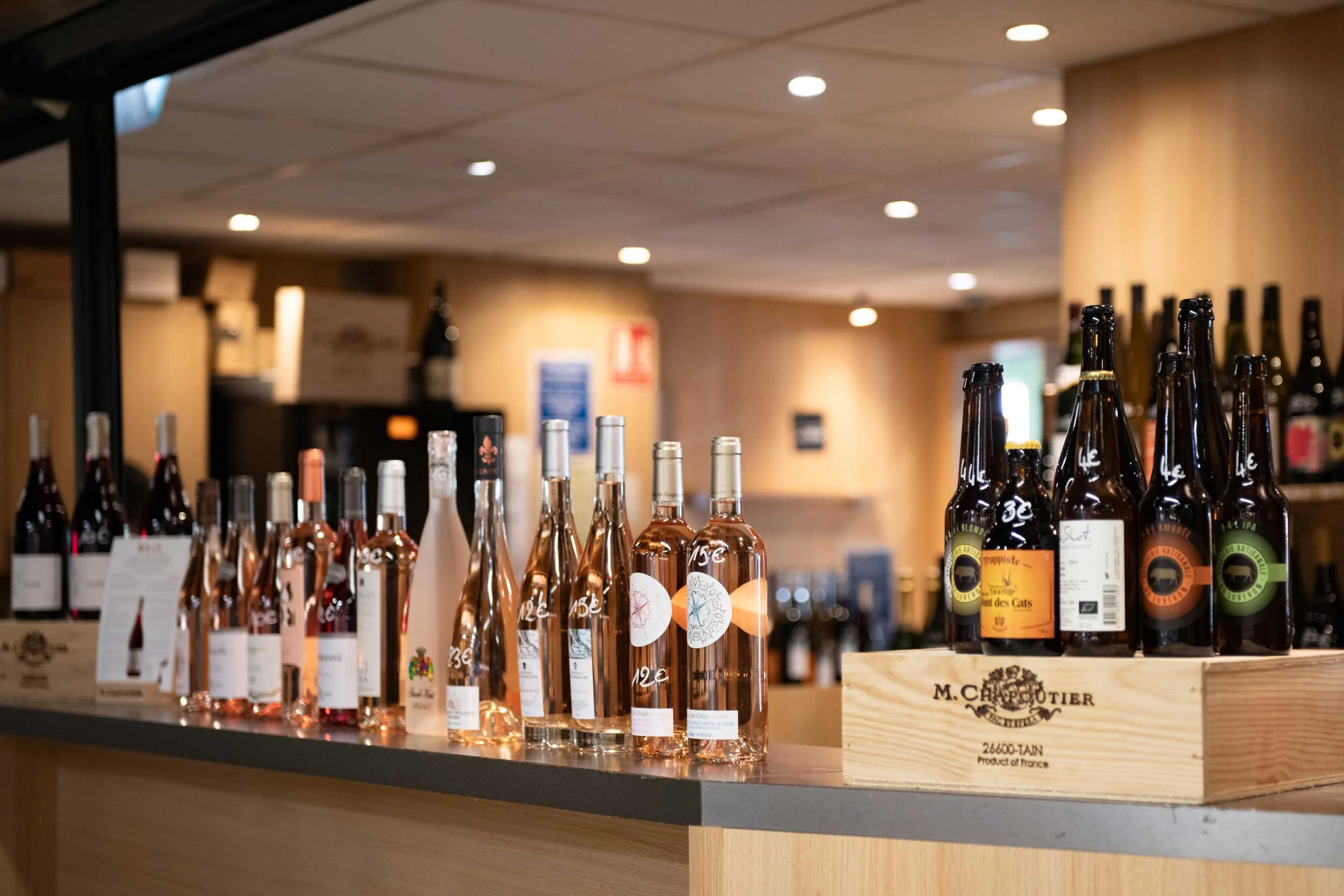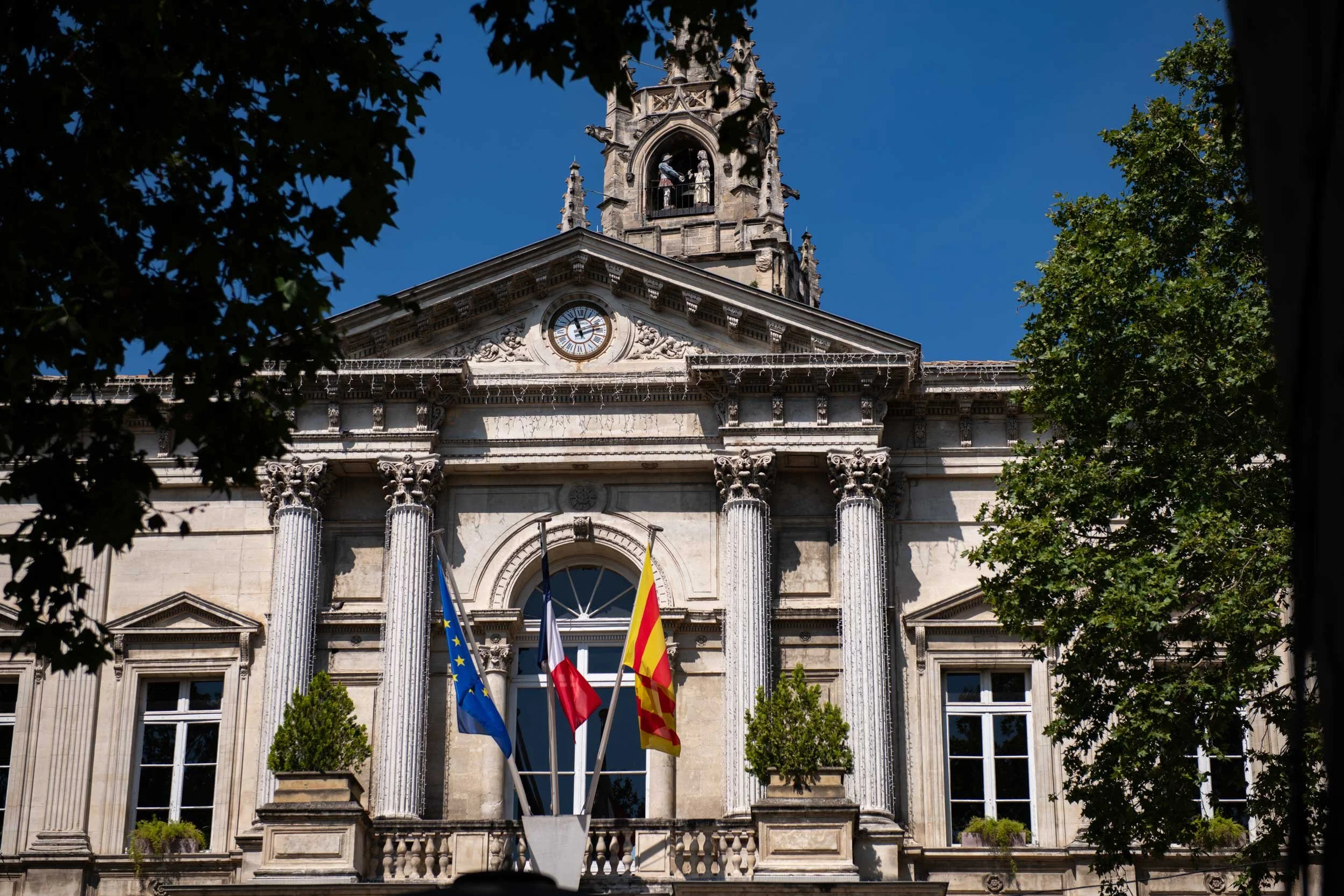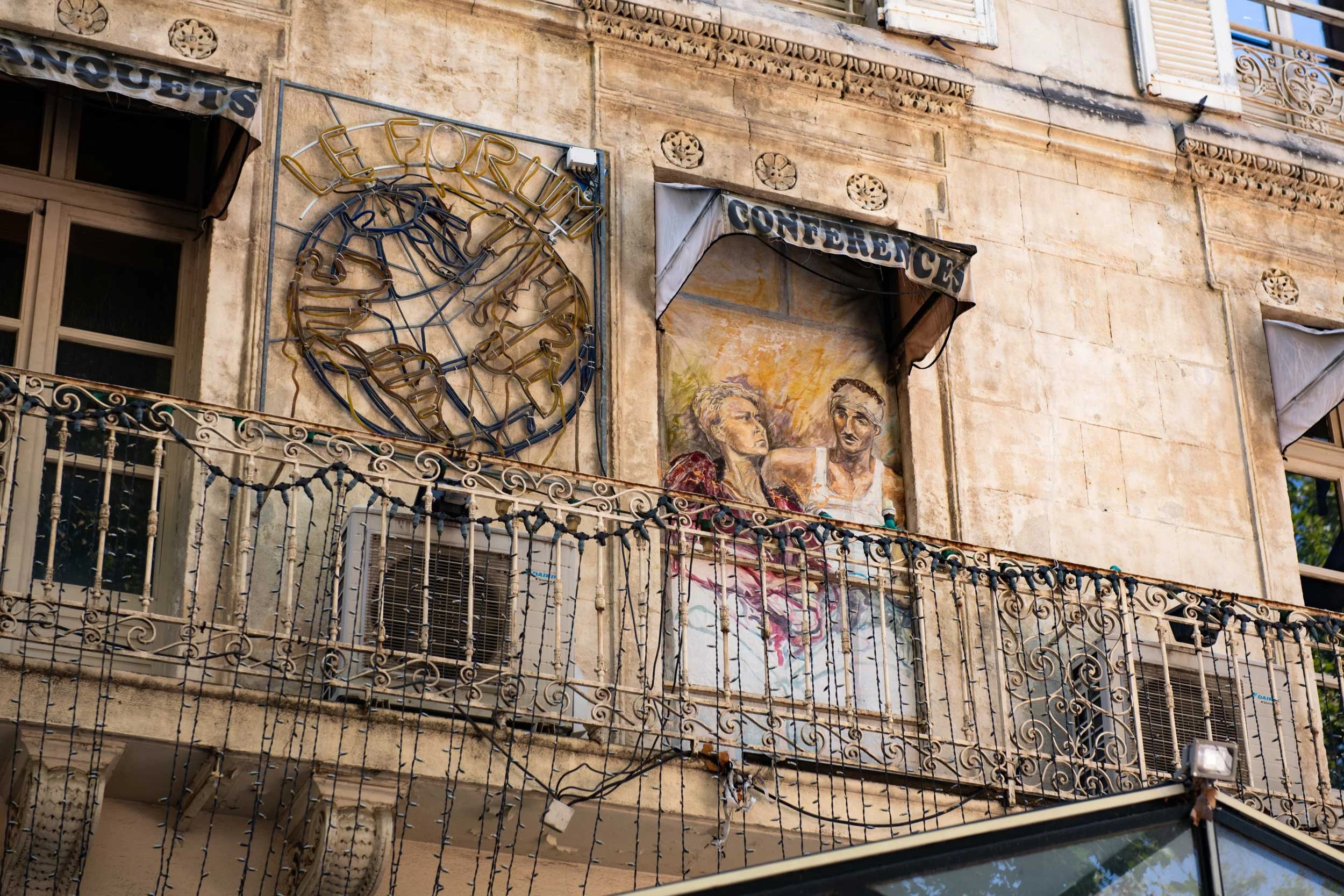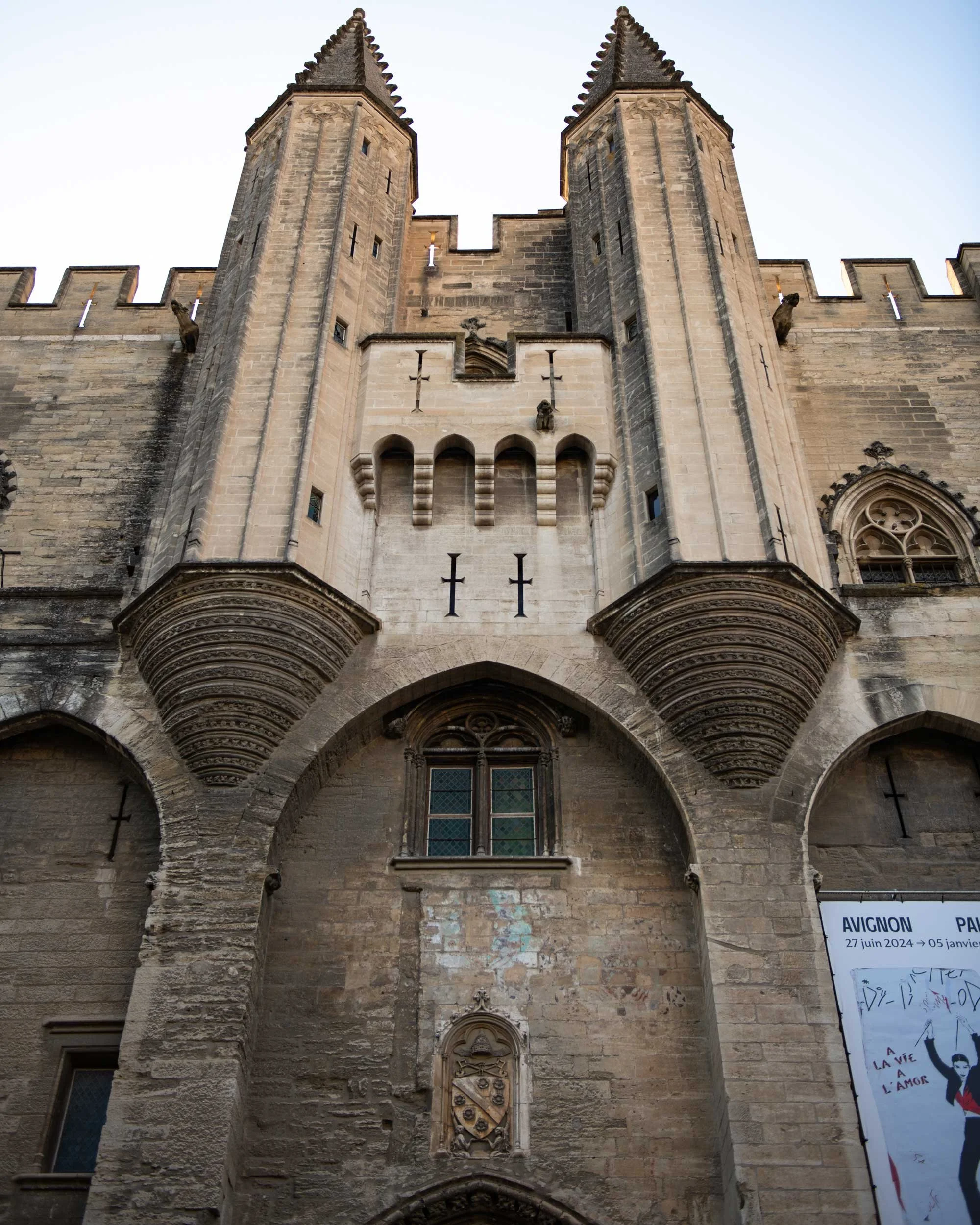Avignon by Chris Handel Photographer
While I was enjoying my day of sketching and painting with Annette Morris, Chris was able to stroll around Avignon and see plenty more of the town. Join him on his walk and enjoy some of the lovely places that he discovered in the old town.
Let’s start with the famous Pont Saint Bénézet also known as Pont d’Avignon
in 1234, a stone bridge was built to replace the wooden bridge across the Rhone River. The stone bridge originally had 22 arches but most had already collapsed by the mid 17th century due to regular flooding. Today, only 4 arches survive and since 1995 it has been classified as a UNESCO World Heritage site. This bridge was the inspiration for the song “Sur le pont d’Avignon”
Avignon’s ramparts were constructed during the 14th century at the time of the Avignon Papacy
Walking through Avignon’s Les Halles
Les Halles is the permanent covered market in the city centre. Lots of amazing produce: meat, wine, fruit and vegetables, flowers, fish, cheese. Open Tuesday to Sundays 6am to 2pm. In operation since the late 1800s. In October 2024 they celebrated 125 years.
Lots of fresh fruit and vegetables
and wine too.
Place de l’Horloge, is named after the clock tower on the Town Hall – Hotel de Ville - even though the clock is rather small
Hotel de Ville in Place de l’Horloge, Avignon
Building artwork above Brasserie Le Forum restaurant
Brasserie Le Forum – is one of many restaurants offering outdoor seating in Place de l'Horloge
Building artwork above Brasserie Le Forum restaurant
Cathedrale Notre Dame des Doms – Avignon Cathedral was built in 12th century and the bell tower was rebuilt in 1425.
The cathedral was abandoned during the French Revolution and left to deteriorate until 1835-42 when it was restored. It is located next to Palais des Papes UNESCO World Heritage Site
Palais des Papes
During the 14th and 15th century there was a papacy in Avignon due to political reasons. Building of the palace began with Pope John XXII and was added to over the years, with Pope Clement VI adding the Gothic elements. The ribbed vaults abound; sculptures, ribbed bases, moldings to adorn the stone. There were 9 popes in Avignon. From 1378-1417 the papacy was split into two obediences, with one pope reigning in Rome and another in Avignon. At the beginning of the 15th century the palace remained the home of legates and then vice-legates until the French revolution. It was then used as barracks until the 20th century when it was opened to the public.
Rocher des Doms is built on an ancient site with archaeological evidence of the Neolithic period. in the 19th century it was decided to build an English style park. Lawns and trees were planted. A pond and statues were added, creating a lovely place to walk. There is a café and playground for children. You can enjoy magnificent views across the Rhone River to Villeneuve-les-Avignon from the large open esplanade. The park is now undergoing some major upgrades due for completion in 2027. At the foot of the Rocher des Doms, on the Rhone side, a free river shuttle allows you to cross the river to go to the L’île de la Barthelasse.
Rocher des Doms. Views from the esplanade below
Chapelle des Cordeliers
Chapelle des Cordeliers The Cordeliers were a begging order of nuns who settled in Avignon 1266 and construction of their convent began in 1233. Located in Rue des Teinturiers. All that remains today is the picturesque apse chapel and the much-eroded bell-tower. These have been incorporated into the structure of the Lycée Saint-Joseph built on the site in the middle of the nineteenth century.
Join me next time for more adventures in Provence. À bientôt!

































